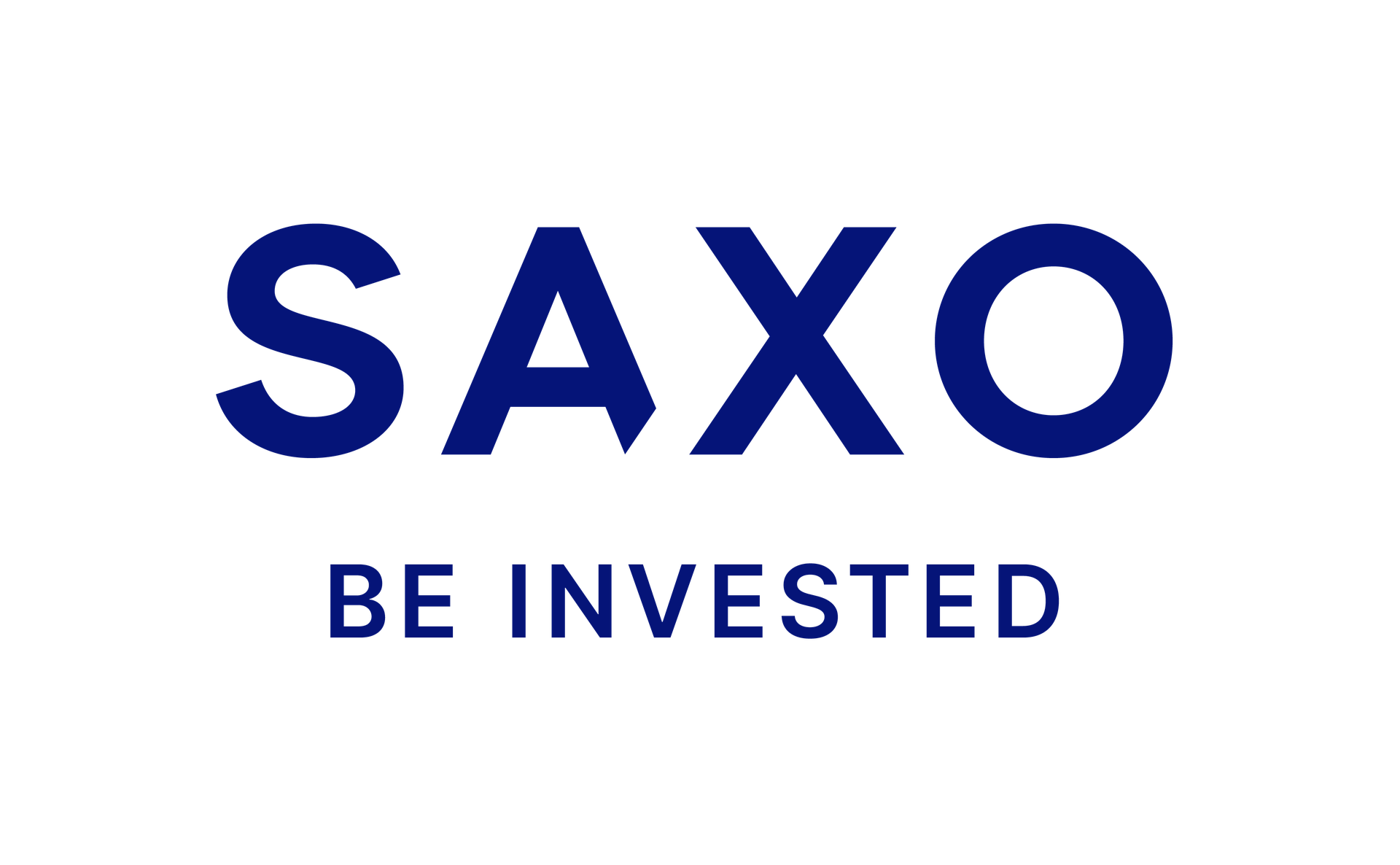A perfect storm is brewing, which could push UK inflation above 5 per cent by the autumn.
It is currently at 2.8 per cent, up from last summer when it fell to its 2 per cent target, thanks to lower food and energy prices.
That meant a sigh of relief for borrowers as it allowed the Bank of England’s Monetary Policy Committee to cut interest rates three times from 5.25 to 4.5 per cent.
But warning signs of higher inflation have been there for some time and Trump’s tariff proposals have created an added layer of uncertainty.

Warning: Andrew Sentance
There are some scenarios in which a general rise in tariffs worldwide might add further to inflation, by pushing up the prices of traded goods. However, if the trade conflicts between the US, China and the European Union become too extreme, central banks around the world may eventually be called upon to cut interest rates to stem a spiralling downturn in their economies, as they did in the financial crisis.
The ‘core’ inflation rate, excluding food and energy, has been stuck at about 3.5 per cent for some time, which is where it is now. This is evidence that the underlying rate of price increases in the UK is still significantly above the 2 per cent target. Two key ingredients contributing to above-target underlying inflation are prices for services – rising at about 5 per cent – and high pay increases, running at about 6 per cent in the private sector.
In addition, the downward trend in food and energy prices that helped push down inflation last autumn will be heading in the opposite direction this summer.
The energy regulator Ofgem has announced a new higher energy price cap, which means gas and electricity prices will be pushing up inflation, not reducing it. Food inflation has already risen from 1.3 per cent in September last year to 3.3 per cent. The British Retail Consortium is forecasting 5 per cent food price inflation by the end of the year.
Other ingredients are adding to this cocktail. Water charges are going up by a staggering 26 per cent this year – nearly ten times the current rate of inflation. Employers face the higher National Insurance Contributions announced in the Budget. These will combine with the rise in the Living Wage to create a 10 per cent-plus rise in labour costs for workers on minimum wages.
Many businesses will be looking to recoup these costs by raising prices – particularly in labour-intensive sectors such as retail, hospitality and social care. With all these upward pressures on inflation, alongside large increases in public spending and borrowing in the October Budget, the Bank of England would normally be very cautious about cutting interest rates. Set against this, however, is the Trump factor.
It is a relief that the US administration has cut tariffs on most countries – apart from China – to 10 per cent, at least for 90 days. But no-one can confidently predict what will happen next.
My advice to Monetary Policy Committee members for now would be to hold fire in terms of any significant moves on interest rates and wait for the picture on trade, tariffs and the severity of the coming inflation surge to become clearer.
DIY INVESTING PLATFORMS

AJ Bell

AJ Bell
Easy investing and ready-made portfolios

Hargreaves Lansdown

Hargreaves Lansdown
Free fund dealing and investment ideas

interactive investor

interactive investor
Flat-fee investing from £4.99 per month

Saxo

Saxo
Get £200 back in trading fees
Trading 212
Trading 212
Free dealing and no account fee
Affiliate links: If you take out a product This is Money may earn a commission. These deals are chosen by our editorial team, as we think they are worth highlighting. This does not affect our editorial independence.









